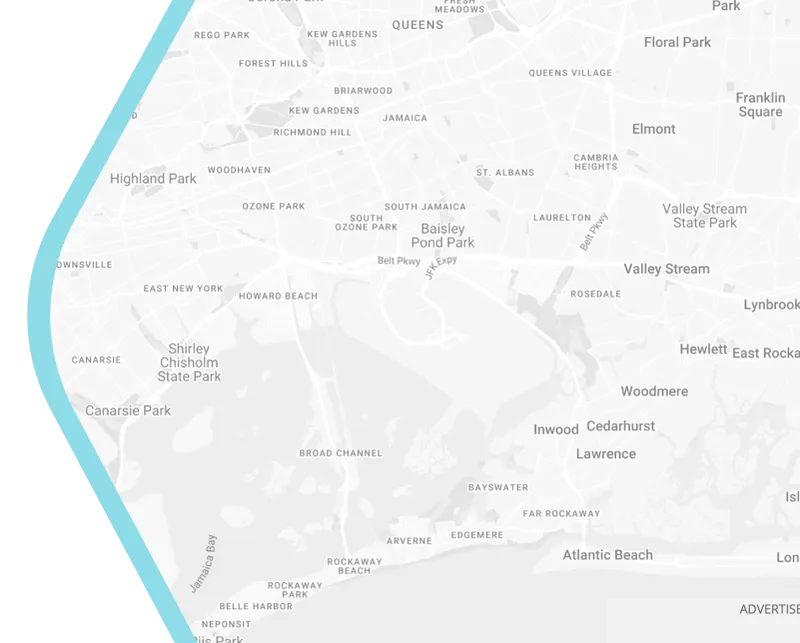
What the New Townhouse and Low-Rise Code Means for Your Next Project
Australia’s property development landscape is evolving rapidly, and the introduction of the new townhouse and low-rise code marks a significant shift in how urban spaces are designed and built. Whether you’re a property developer, homeowner, architect, or local government official, understanding these changes is crucial for staying ahead in the industry.
This blog will explore the key updates in the townhouse and low-rise code, its implications for various stakeholders, and how it aligns with broader initiatives like Smart City SS and Smart City development in Australia. By the end, you’ll have a clear understanding of what these changes mean for your next project and how to navigate them effectively.
Introduction to the New Townhouse and Low-Rise Code in Australia
The new townhouse and low-rise code is part of Australia’s ongoing efforts to streamline urban development and promote sustainable living. Introduced by the Australian government, this code aims to simplify planning processes, encourage higher-density housing in appropriate areas, and ensure that new developments meet modern design and sustainability standards.
For stakeholders in the property development industry, this code represents both an opportunity and a challenge. On one hand, it opens doors for innovative projects that align with Australia’s vision for smarter, more sustainable cities. On the other hand, it requires a thorough understanding of the new regulations to ensure compliance and avoid delays.
Key Changes in the Townhouse and Low-Rise Code
Updated Building Height and Density Regulations
One of the most significant changes in the new code is the adjustment to building height and density limits. The code now allows for slightly taller townhouses and low-rise buildings in designated areas, enabling developers to maximize land use without compromising on design quality.
New Design Standards for Sustainability
Sustainability is at the heart of the new code. Developers are now required to incorporate energy-efficient designs, water-saving technologies, and environmentally friendly materials into their projects. These changes align with Australia’s broader goals for reducing carbon emissions and promoting green urban spaces.
Streamlined Approval Processes
To accelerate development timelines, the new code introduces a more efficient approval process for townhouse and low-rise projects. This is particularly beneficial for developers looking to fast-track their projects while maintaining compliance with local planning laws.
Implications for Property Developers and Builders
How the Code Affects Project Timelines and Costs
While the streamlined approval process is a welcome change, developers must also account for the additional costs associated with meeting the new sustainability and design standards. Proper planning and budgeting will be key to navigating these changes successfully.
Opportunities for Innovative Design and Construction
The new code encourages creativity in design and construction. Developers who embrace innovative solutions, such as modular construction or smart home technologies, will be well-positioned to stand out in the market.
What Homeowners Need to Know
How the Code Impacts Renovations and New Builds
Homeowners planning to renovate or build new townhouses must ensure their projects comply with the updated regulations. This may involve working closely with architects and builders to incorporate sustainable features and meet design standards.
Benefits of Compliance with the New Standards
Compliance not only ensures smoother approval processes but also enhances the long-term value of the property. Energy-efficient homes, for example, are increasingly attractive to buyers and tenants.
Aligning with Smart City SS and Smart City Initiatives
How the New Code Supports Smart City Development in Australia
The new townhouse and low-rise code complements Australia’s Smart City initiatives by promoting sustainable, high-density living. Projects that integrate smart technologies, such as IoT-enabled infrastructure or renewable energy systems, are likely to receive strong support from local governments.
Integrating Sustainable and Smart Technologies
Developers and homeowners alike can take advantage of the new code to incorporate smart technologies into their projects. From solar panels to smart home systems, these features not only enhance livability but also contribute to the broader goals of Smart City SS.
Navigating the New Code: Tips for Stakeholders
Resources for Understanding the Regulations
To stay informed about the new code, stakeholders can refer to resources such as the Australian Government’s Planning Portal or consult with local planning authorities.
Working with Local Councils and Planners
Building strong relationships with local councils and planners can help streamline the approval process and ensure compliance with the new regulations.
Conclusion
The new townhouse and low-rise code represents a significant step forward for Australia’s property development industry. By embracing these changes, stakeholders can contribute to the creation of smarter, more sustainable urban spaces that meet the needs of future generations.
If you’re planning a new project and want to ensure it aligns with the latest regulations and Smart City initiatives, our team at Smart City SS is here to help. Learn more about our company or get in touch with us to explore collaboration opportunities.
